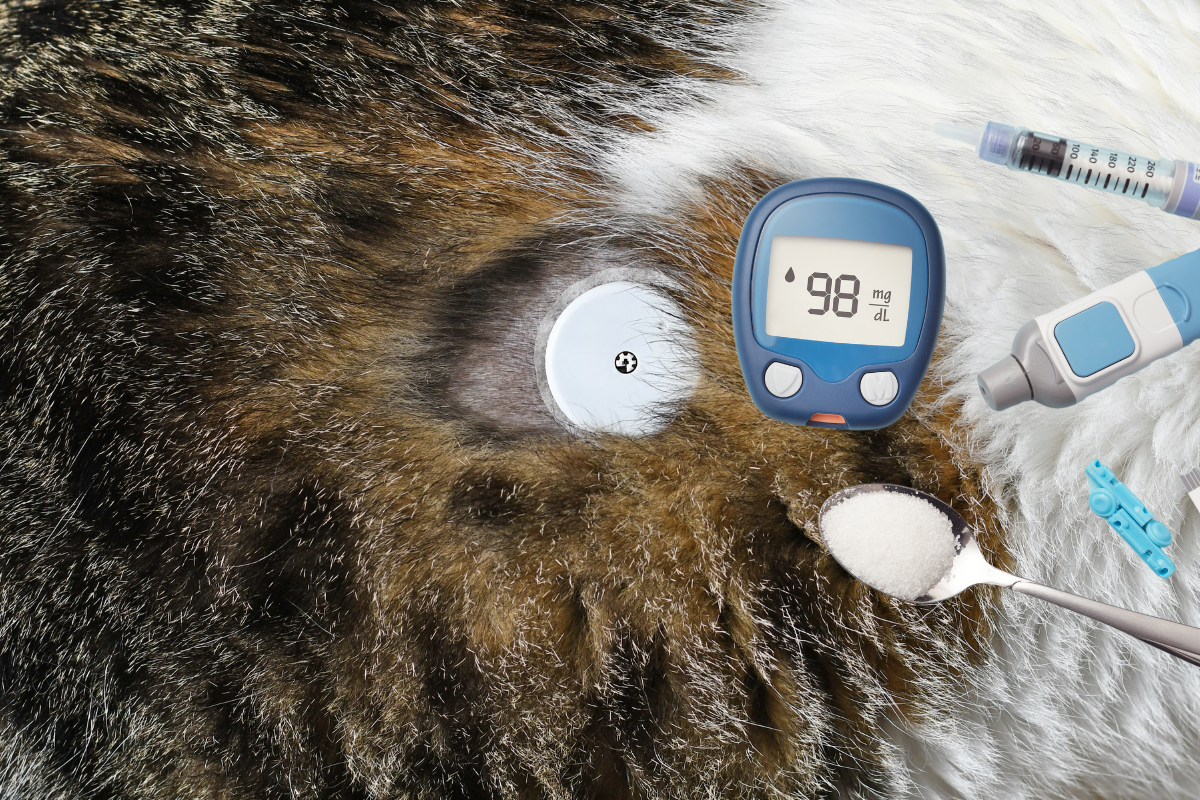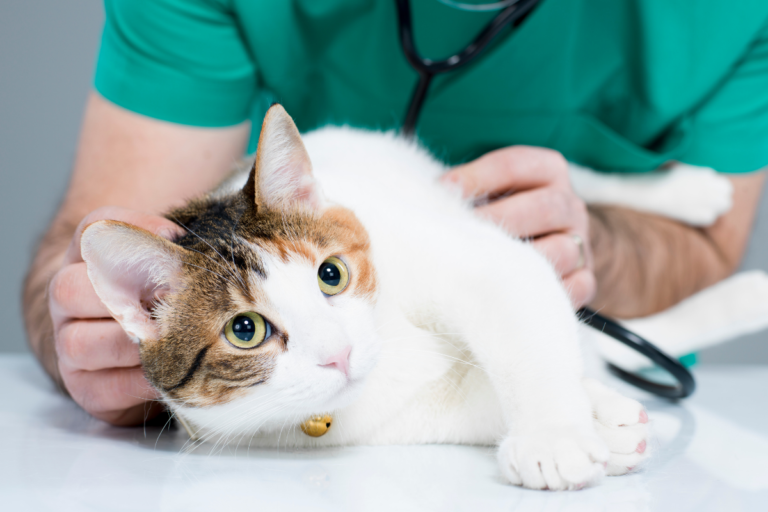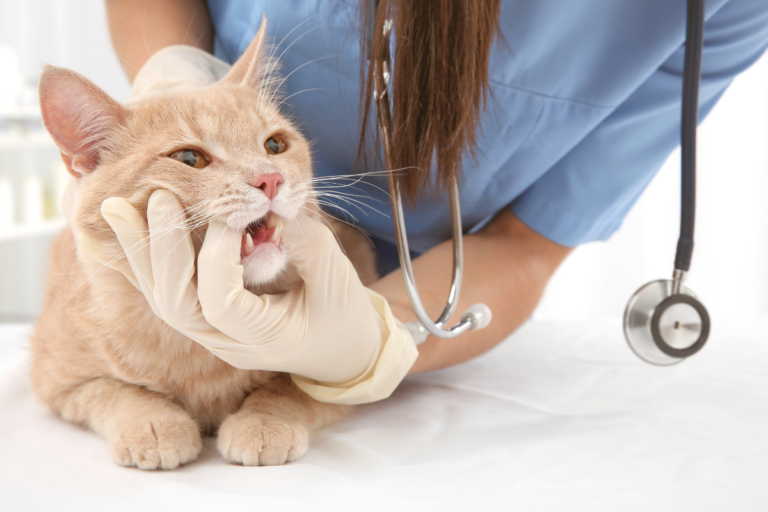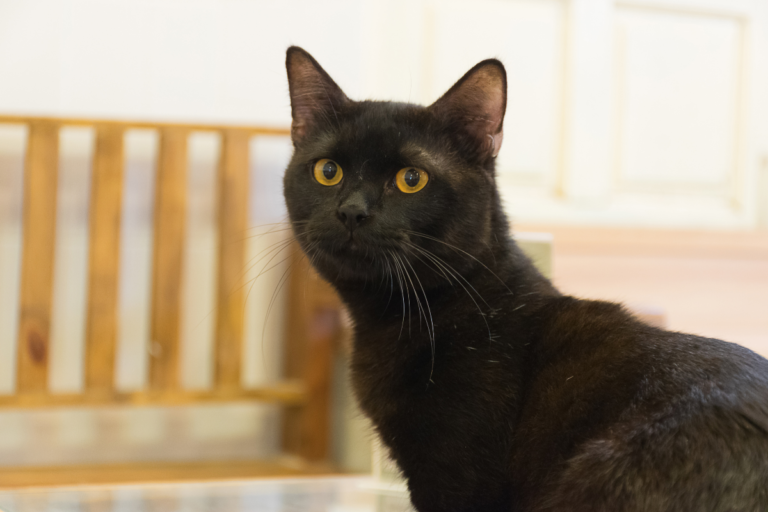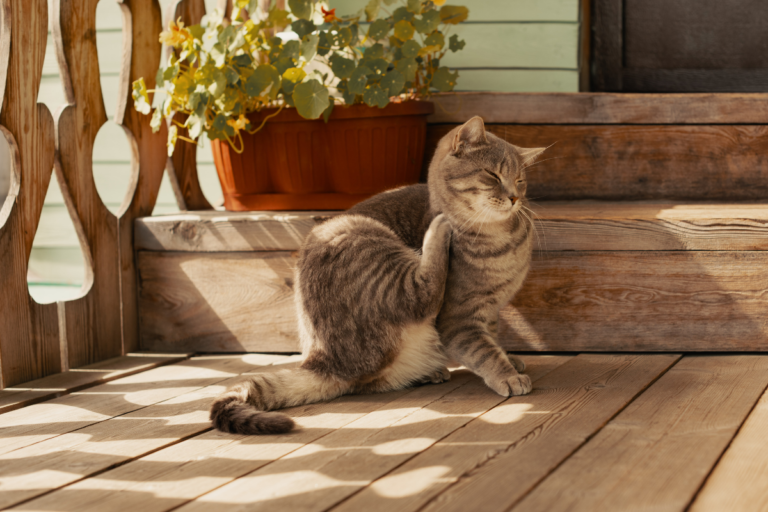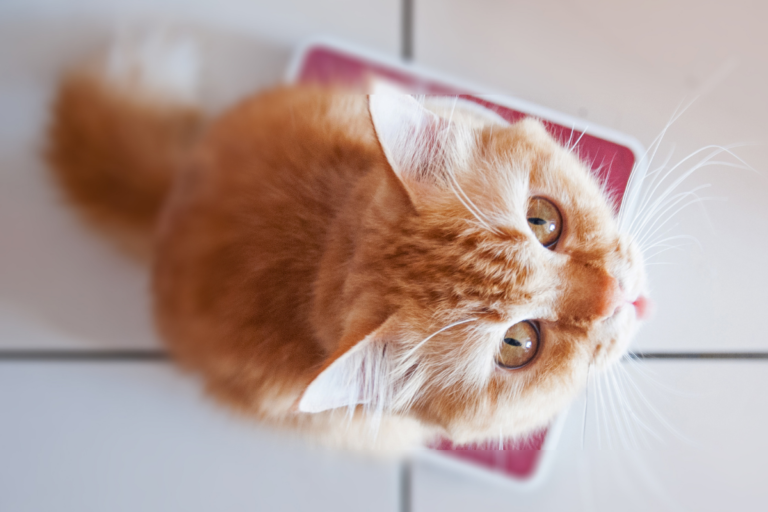Understanding Our Feline Friends: Dealing with a Cat Diabetic
Understanding Cat Diabetes
Cat diabetes ain’t no small potatoes and can really throw a wrench in our kitty’s happiness. We’ve gotta get a handle on the types and signs so we can keep our whiskered pals purring along just fine.
Types of Cat Diabetes
For all you cat lovers, there are two kinds of diabetes to worry ’bout: the Type 1 and Type 2 variety. Basically, it boils down to how our kitties handle insulin, that all-important stuff for keeping sugar levels on an even keel.
Type 1 Diabetes: This one’s a doozy. It’s when Kitty’s pancreas naps on the job and doesn’t make enough insulin. Insulin’s like a key, letting sugar sneak into cells and power up our cat. No insulin, no entry, and blood sugar takes a ride to the moon. Cats with Type 1 need a lifelong, love-hate relationship with insulin shots (Animal Care Center).
Type 2 Diabetes: This is the more common culprit in cats (Best Friends). It’s when Kitty’s cells decide they ain’t listening to insulin anymore. Eating junk, skipping playtime, and packing extra chub can send cats down the Type 2 road. Luckily, with some tough love—like better chow and shaking those paws—Type 2 can sometimes be put on a leash or kicked to the curb.
Symptoms of Cat Diabetes
Spotting diabetes in cats before it sidles in can make a big difference. Here’s what to keep your eyes peeled for:
-
Gulping Water & Extra Pit Stops: Cats with sugar spikes guzzle water like doggies and the litter box gets busy. Too much sugar in the blood gets dumped into wee, dragging H2O out like a groupie (Southcentral Veterinary Services).
-
Eating Bonanza But Shedding Pounds: Stuffing their face yet dropping weight? It’s a classic mix-up where their body isn’t using food right, prompting kitty to plead for chow like an all-you-can-eat buffet’s in town (Best Friends).
-
Flopped-Out Feline: Diabetes might drain Kitty, leaving them snug as a bug in a rug on their favorite nap spot way too long.
-
Cottonmouth Marathon: Peeing like crazy means risking dehydration; you’ll notice it—you can even give fluffy’s skin a little tug, and you might see less bounce back.
-
Wobbly Walking: Some kitties will start moving like they’re on a shaky bridge due to nerve mixups from high sugar, especially in their hind legs.
We gotta keep an eagle eye on our cats for these quirks and dash to the vet if anything’s funky. Catching it early helps make diabetes behave so our furballs can live their nine lives to the fullest. Check out more on cat illness and cat disease for all things feline and fine.
Diagnosing and Treating Cat Diabetes
Caring for a cat with diabetes can be a bit overwhelming at first, but with the right steps and some good advice, our furry buddies can live long, healthy lives.
Diagnosis of Cat Diabetes
Spotting diabetes in cats isn’t tricky. Vets check for high blood sugar levels, sugar in pee, and signs like increased thirst and pee breaks. Simple blood and urine tests help our vets make the call.
| How We Check | What It Tells Us |
|---|---|
| Blood Test | High sugar in blood |
| Urine Test | Sugar in pee |
| Signs | More thirst, more pee, losing weight |
Our vets are our partners on this journey, guiding us through to confirm diabetes and plan treatment. For more info on other cat health issues, check out our section on cat disease.
Treatment for Cat Diabetes
Treating cat diabetes is all about getting that blood sugar in line, curbing extra thirst and peeing, keeping weight in check, and dodging low sugar levels. Insulin shots, special diets, weight checks, and exercise are all part of the plan.
Main points to consider in treatment:
- Insulin Therapy: Using insulin shots is common and necessary to keep sugar levels in check.
- Diet: Eating a diabetes-friendly diet helps, just like sticking to healthy weights and controlled meals.
- Exercise: A little movement goes a long way in helping with weight and insulin use.
- Vet Support: Regular vet visits keep everything on track and let us adjust when needed.
| Treatment Part | Goal |
|---|---|
| Insulin Shots | Manage blood sugar |
| Diabetes Diet | Manage weight, portion control |
| Active Lifestyle | Boost insulin use |
| Vet Visits | Keep an eye on progress |
Explore more about handling other health issues that often tag along with diabetes like feline kidney disease symptoms or cats heart issues.
New medicines, like Bexacat and Senvelgo, offer easier-to-give oral options. These meds can be part of the daily routine, food or not, and don’t worry about daily sugar checks. Still, if you spot any changes like not eating or throwing up, a chat with the vet is in order.
For more tips on keeping our diabetic cats fit and avoiding any bumps along the way, peek at our guides on healthy cat weight and more resources for cat wellbeing.
Managing Cat Diabetes
Taking care of a diabetic cat might seem like a big deal but, with the right know-how and TLC, our furry pals can still enjoy a full and happy life. Here, we’ll lay down the basics for home care and things to keep an eye on for our sugar-sweet felines.
Home Care for Diabetic Cats
Caring for a diabetic cat at home includes a few important steps:
-
Checking Sugar Levels: Keep an eye on your cat’s blood sugar with regular tests you can do at home. Jotting down these numbers daily helps you and the vet tweak treatments as needed (petMD).
-
Insulin Shots: Giving insulin as the vet advises is a must. Some cats even go into remission with the right treatment and may not need meds anymore.
-
Feeding Right: A balanced diet is key to steady glucose levels. Special foods for diabetic cats are a great help. Ensuring the cat’s diet helps keep a healthy cat weight is crucial.
-
Playtime: Keeping your cat active with fun and games supports a healthy weight, which is important for diabetes management. Think of it as exercise like us hitting the gym but in kitty form.
-
Keeping Notes: Make a habit of writing down doses, sugar levels, food, and playtime. This diary can give the vet a clear picture of how the treatment’s working out.
Potential Complications
While many diabetic cats lead lively lives, it’s good to know potential hiccups along the way:
-
DKA (Diabetic Ketoacidosis): Watch out for tiredness, puking, or fast breathing. This is an emergency, so it’s vet-time ASAP if these show up (petMD).
-
Kidney Check: Diabetes can mess with the kidneys. It’s wise to keep tabs on your kitty’s kidney health so any feline kidney disease symptoms get caught early.
-
Low Sugar Alert (Hypoglycemia): Too much insulin can drop sugar levels fast. Look for shaky legs, confusion, or fits. A dab of honey can help instantly, but follow up with the vet.
-
Eye Stuff: High sugar might lead to issues like cataracts. Regular eye exams are a smart move—your cat’s peepers will thank you.
-
Germ Watch: Diabetic kitties may catch infections more easily, especially in their tummies or teeth like cat gum disease. Good hygiene and check-ups can nip these in the bud.
| Issue | Symptoms | What to Do |
|---|---|---|
| Diabetic Ketoacidosis (DKA) | Tired, throw-up, fast breathin’ | Head to the vet quick |
| Low Sugar (Hypoglycemia) | Wobbly, confused, seizures | Get sugar, call vet |
| Kidney Troubles | Drinkin’ more, weight loss | Regular vet check-ups |
| Infections | Pee a lot, stinky breath | Treat quickly |
Helping your cat manage diabetes means staying on top of sugar checks, giving insulin when needed, watching the diet, and playing. Keeping an eye out for any red flags and chatting with your vet helps us give our sweet felines the best life possible. For more on cat health, check out our reads on cat liver issues and older cat weight loss.
Preventing and Monitoring Cat Diabetes
Caring for our kitty pals means keeping an eye on things like diabetes, which can sneak up if we’re not careful. Knowing what sets the stage for diabetes helps us keep our furballs happy and spry. So, let’s take a closer look at spotting and handling kitty diabetes.
Risk Factors for Cat Diabetes
Alright, here’s the scoop on what might make cats more likely to get diabetes. Being in the know means we can step up and keep them purring along. Some key things to watch out for:
- Obesity: Tubby cats have a way higher chance—like four times more—of becoming diabetic compared to their slimmer buddies (Vetster).
- Poor Diet: Chowing down on too much starch and not enough protein can mess with their sugar levels.
- Lack of Exercise: Lazy kitties are at risk just like couch potatoes. They need to move!
- Genetics: Burmese and Siamese beauties might have it in their genes (Animal Care Center).
- Aging: Our golden oldie cats face more health hiccups, diabetes included.
- Other Health Problems: Things like tooth troubles and gum issues could stir the pot, too.
Monitoring and Prevention
Stopping diabetes in its tracks involves keeping tabs on our kitties’ health and making a few changes. Here’s how we can do it:
-
Regular Vet Visits:
- Make sure you’re visiting the vet to keep an eye on weight and sugar levels.
- Early warning signs are best caught through quick tests.
-
Healthy Eating:
- Pick foods with low carbs and lots of protein, the stuff cats were made to eat.
- Don’t overdo the kibble. Balance is key to them keeping a good-looking figure.
-
Staying Active:
- Get them moving! Playtime doesn’t just make them happier, it makes them healthier.
- Toys can be a lifesaver to burn off those extra kitty calories.
| Risk Factor | Way to Fix It |
|---|---|
| Obesity | Good food, keep it moving |
| Poor Diet | Feed ‘em right, watch portions |
| No Exercise | Fun with toys, keep active |
| Genetics | Stay sharp with vet visits |
| Aging | Checkups and TLC for seniors |
-
Keeping an Eye on Weight:
- Weigh-ins for your cat are a must. Adjust those meals to stick with healthy standards.
- If Fluffy’s packing on the pounds, plan low-key weight loss supported by your vet.
-
Spotting Signs:
- Be a detective about their eating, drinking, and litter box habits.
- Keep an eye for fatigue, thirst spikes, or shrinking waistlines which might mean diabetes is knocking.
By getting a grip on these points, we’re setting our cats up for long, happy adventures. Check out our other pieces on cat health tips and signs of kidney trouble in cats to keep them at their best.
